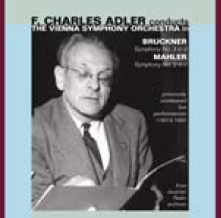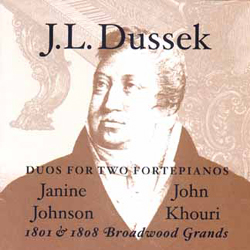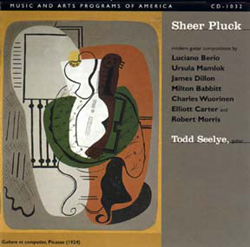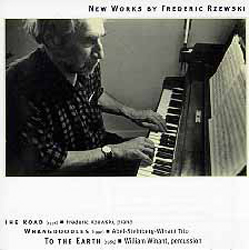Description
F. Charles Adler cond. The Wiener Symphoniker/Vienna Symphony Orchestra. Anton Bruckner: Symphony No. 3 in D minor (WAB 103) [1890 version first published by Theodor Rättig]. Live recording, 8 April 1953 from the Wiener Konzerthausgesellschaft; production: Sendegruppe Rot-Weiss-Rot. Gustav Mahler: Symphony No. 2 in C-minor, “Resurrection,” with Anny Felbermayer, sop.; Sonja Dreksler, alto; Austrian Radio Choir. Original production by ORF [Austrian Radio], studio recording, 29 March 1956 Both recordings previously unissued. Released with the kind cooperation of the Mediathek and ORF 1. Audio restoration by A. Z. Snyder (2012) TT: 2:20:34. UPC # 0-17685 12652-9 (2 CDs)
BUZZ: Adler’s broadcast performance of the Bruckner Third has the appropriately Viennese manner and an excellent recording that maintains the spacious ambience of the Musikverein. And it has more pointed than the commercially issued SPA LP recording he made, without any sacrificing of the Viennese charm. The third movement trio and polka section in the finale are deliciously idiomatic, and the first movement manages its rhetorical points within a framework that cuts fully two minutes off the studio reading’s duration. The slow movement opens with a warm outpouring of Viennese string tone that overrides any minor ensemble slips.
This “Resurrection” bears the hallmarks of Adler at his best, with the opening movement beautifully sustained with broad pacing and an overarching view similar to his Mahler Third recording previously issued on Music & Arts. This movement can easily become episodic with many temptations to over-phrase; Adler however never loses sight of the long line The second movement Ländler is artfully inflected, and the desperate interlude in its central section brings an air of bittersweet nostalgia. The Scherzo again explores the intricacies of Mahlerian texture, and is nicely paced. “Urlicht” brings the creamy alto tones of Sonja Draksler, performed again with true Viennese style. The final movement opens impressively, and the offstage interjections are nicely balanced (These sections would famously cause trouble in both the Scherchen and Walter commercial recordings made in 1958). The choral entry “Aufersteh’n” is a forthright outpouring of warm tone rather than hushed mystery. We can hear the impressive tonal weight of the Viennese basses anchoring the choral ensemble. Anny Felbermayer is a fine match for Draksler in their respective solo passages, and the ending arrives with sustained majesty. The entire performance resonates with conviction from beginning to the final bar.








Reviews
There are no reviews yet.